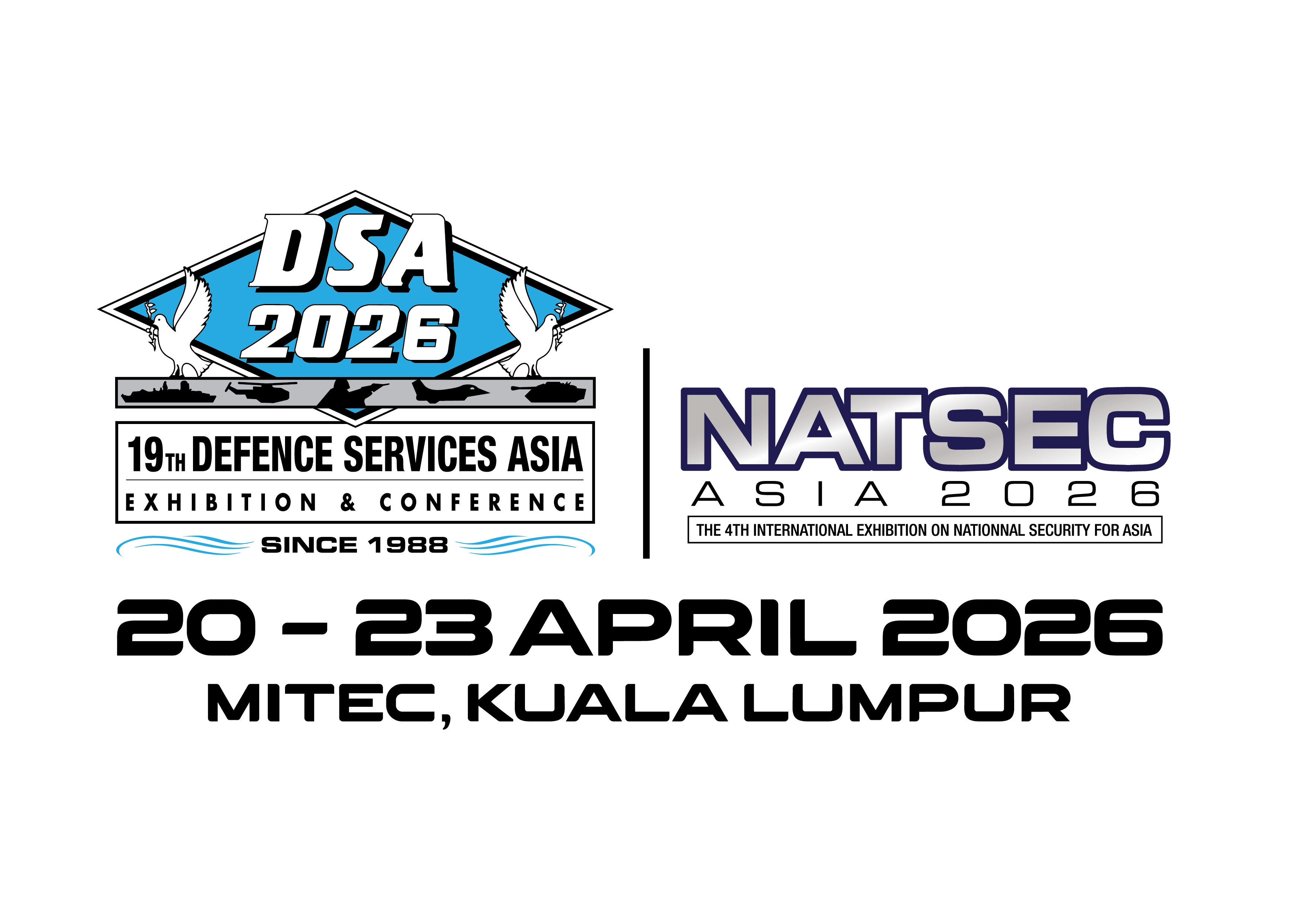INDUSTRY NEWS
.jpg?v=1711012727784)
Thailand’s Air Force unveils new wish list, eyeing jets and drones
March 02,2024
By:Gordon Arthur
CHRISTCHURCH, New Zealand — The Royal Thai Air Force has laid out its future aspirations in a document released Feb. 29, with counter-drone systems, new fighter jets and medium-range air defense systems among the most pressing concerns.
The 74-page whitepaper, which the service unveiled during its annual symposium this week and which builds on a similar document published four years ago, details planned procurements out to 2037.
“The Air Force is aware of [the importance of] long-term development planning and spending of the national budget to achieve maximum value,” said the service’s commander, Air Chief Marshal Panpakdee Pattanakul.
Indeed, part of the whitepaper’s raison d’être is to stake claims for long-term funding as its aircraft inventories age. For instance, the 2020 version stated the fighter fleet had an average age of 26 years, a figure that continues to increase.
But the government’s procurement process is disjointed, according to Greg Raymond, an expert in Asia-Pacific affairs at the Australian National University. He cited factors like political instability, inadequate strategic planning, annual rather than multiyear budgeting measures, and weak civil oversight that allows each armed service to makes its own decisions.
In the latest whitepaper, the Air Force gives priority to a medium-range air defense system possessing a minimum 30-nautical-mile range from fiscal 2025 to fiscal 2028. Afterward, from FY33 to FY37, the service plans to carry out a second phase for a medium- or long-range air defense system.
From FY28 to FY32, the force plans to buy a short-range air defense system boasting gun-, missile and laser-based weapons. Credence is given to counter-drone systems, too, and a nine-year project to procure these is to commence in 2025.
The service is also eyeing 12-14 new fighters to replace the F-16 jets of 102 Squadron based at Korat. The procurement is scheduled to take place from FY25 to FY34, two years later than originally planned. The squadron’s F-16s from the late 1980s are to retire by 2028.
Two contenders have emerged for the aircraft requirement: Lockheed Martin’s F-16 Block 70/72 and Saab’s Gripen.
“We’re confident the F-16 Block 70/72 will complement the RTAF’s existing F-16 fleet and deliver the advanced 21st century security capabilities and performance needed to address Thailand’s most pressing defense requirements,” a Lockheed spokesperson told Defense News.
Thailand ordered its first Gripen C/D fighters in 2008. Following a January 2021 contract, the aircraft were upgraded to what the manufacturer calls the MS20 configuration.
Robert Björklund, who markets the Gripen to Thailand for Saab, told Defense News the existing fleet is integrated into the Saab-supplied Link T data system and that the aircraft provides its user with “a very wide range of weapon options, including its highly effective RBS15 anti-ship missile.”
A second fighter replacement project for 12-14 aircraft is slated for FY31 to FY35 to replace F-5E/F jets of 211 Squadron at Ubon that are to retire around the end of the decade. An identical number of fighters are needed to replace F-16A/Bs of 403 Squadron at Takhli from FY37 to FY46.
Thailand tries to maintain relations with several competing nations, including the United States, China, Russia and India, the whitepaper noted. Thailand previously purchase materiel from China, such as armored vehicles, air defense systems and a submarine.
Asked whether the Royal Thai Air Force would consider buying a Chinese fighter like the J-10CE, Raymond said the service values its relationship with the U.S. and likeminded allies too much to do so. He noted that Thai-U.S. relations have “largely stabilized,” despite the latter denying the former’s request to buy F-35A jets last year.
“They wouldn’t want to see themselves placed on the outer [circle] in terms of not getting invitations to things like [exercise] Pitch Black in Australia. I tend to think they’d be perhaps more careful about getting Chinese aircraft than the Thai Navy was about getting a submarine,” he said.
The whitepaper also detailed an effort starting this year to refurbish C-130H Hercules transport aircraft. The 2020 version recommended the service buy 12 replacements, but that idea was dropped.
As for pilot training, last year’s delivery of 12 T-6TH trainers allowed the Air Force to retire its Pilatus PC-9 fleet last month. New Zealand-built CT-4E trainers are to retire in 2031, so basic trainers will be needed from FY33. New lead-in fighter trainers are also sought from FY25, with Thailand already operating the South Korean T-50TH in this role.
The new whitepaper also emphasized unmanned technologies. One effort underway is the Thai-developed M Solar X solar-powered drone. Loitering munitions are also schedule for purchase by 2026, as are medium combat drones from FY26 to FY29 and high-altitude pseudo-satellites from FY24 to FY35.
The Air Force also mentioned procurement programs for micro- and nano-drone swarms from FY26, and a research and development effort for weaponized tactical drones from FY29.
And two Saab 340B Erieye airborne early warning aircraft are to receive enhanced command-and-control capabilities, with their dorsal-mounted radars to be replaced. This would take place from FY26 to FY29.
The government’s FY24 defense budget bill calls for a 198 billion baht (U.S. $5.5 billion) fund, of which $1 billion is for the Air Force. The service has already applied for an allocation of approximately $530 million for a first batch of four fighters.
Source:
https://www.defensenews.com/air/2024/03/01/thailands-air-force-unveils-new-wish-list-eyeing-jets-and-drones/

